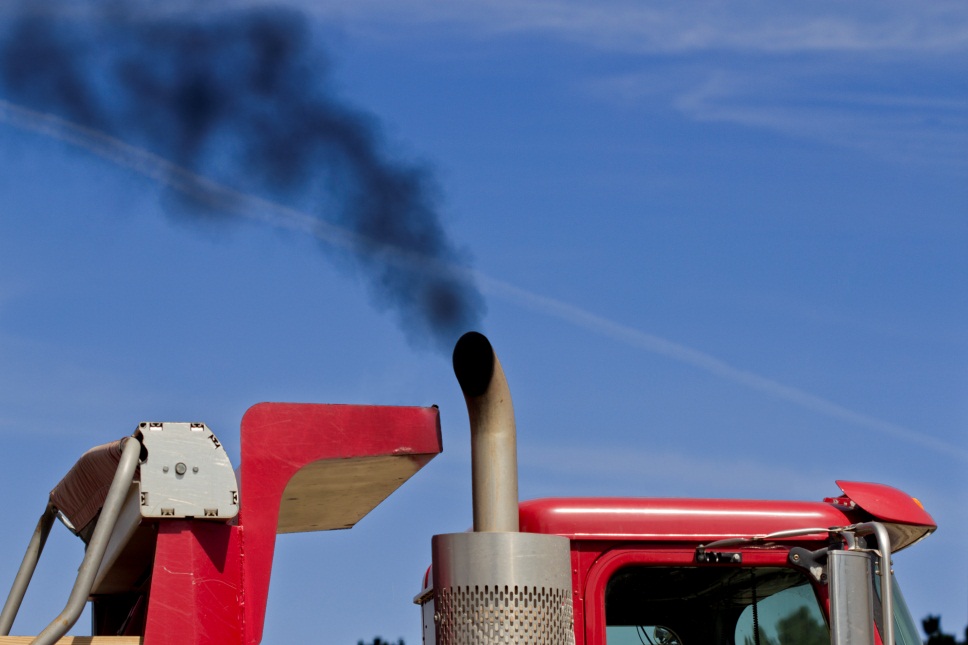New Greenhouse Gas Regulations in the Trucking Industry

Trucking has come a long way since its birth in the 1940s and 50s. Not only have manufacturers made trucks which can drive themselves, they are also working everyday towards trucks which produce fewer carbon emissions. New pushes towards an environmentally friendly transportation industry means that students who are studying at an automotive training center now may find themselves working on more and more electric, hybrid and fuel efficient vehicles once they graduate.
Canada’s Greenhouse Gas Plan
Canada has calculated that a quarter of the greenhouse gas emissions produced within the country come from the transportation sector. For this reason, the Canadian government has targeted the trucking industry as a major place for innovation and change in the upcoming years.
Canada has been improving its greenhouse gas plans for over several decades now. The Regulations Amending the Passenger Automobile and Light Truck Greenhouse Gas Emission Regulations dictates that a new greenhouse gas emissions standard will be strictly enforced on all vehicles which are model year 2017 and onward. The country is already on its way to developing new technology which means that cars and trucks will consume up to 50% less gas than 2008 models. The new standards would mean that the current 174 megatons a year that is being produced, will now be spread out over seven years—a huge cutback in emissions.
Canada’s Plan in Line with U.S. Mission
Along with Canada, the U.S. has concluded that far too many emissions are being produced by the trucking industry, and that regulations must be stricter than ever before. The U.S. hopes that by the time Phase 2 of their own Greenhouse Gas Regulations come around, semi-trucks will be 40% more fuel efficient than those produced in 2010. For students attending automotive school, these kind of results in such a short amount of time is amazing, and no doubt a feat of auto engineering and a dedication to the goal of reduced emissions.
New technologies which will likely make it onto many 2018 semi-trucks include:
- Automatic tire inflation systems
- Waste heat recovery
- Lightweighting (building parts to be lighter)
- Hybridization
The Future of Trucking Emissions
Given Canada’s action throughout 2017 on reducing greenhouse gas emissions, the expected results are that:
- Healthcare and environment savings will accumulate to $7.3 billion.
- Improved air quality by 2030 will prevent 1,400 premature deaths, 200,000 days of asthma symptoms and 2.8 million days of acute respiratory problems.
- Fleets will reduce their sulfur dioxide emissions by 43% and carbon monoxide emissions by 22%.
New vehicles and trucking technology is what will make these predictions come true. Students in auto mechanic training may already know about some of the Canadian companies working to reduce their emissions. Wilson Truck Lines of Toronto already uses a fleet of Volvos, with the latest engine technology to help minimize fuel consumption—with a regulated driving speed to reduce carbon output.
Even major companies like FedEx are steadily changing their fleets. The company currently has over 250 hybrid-electric delivery trucks, and adding more every day.
Do you think the trucking industry could be mostly carbon-free by 2025?
